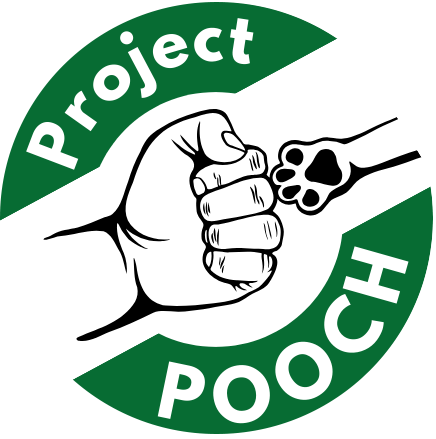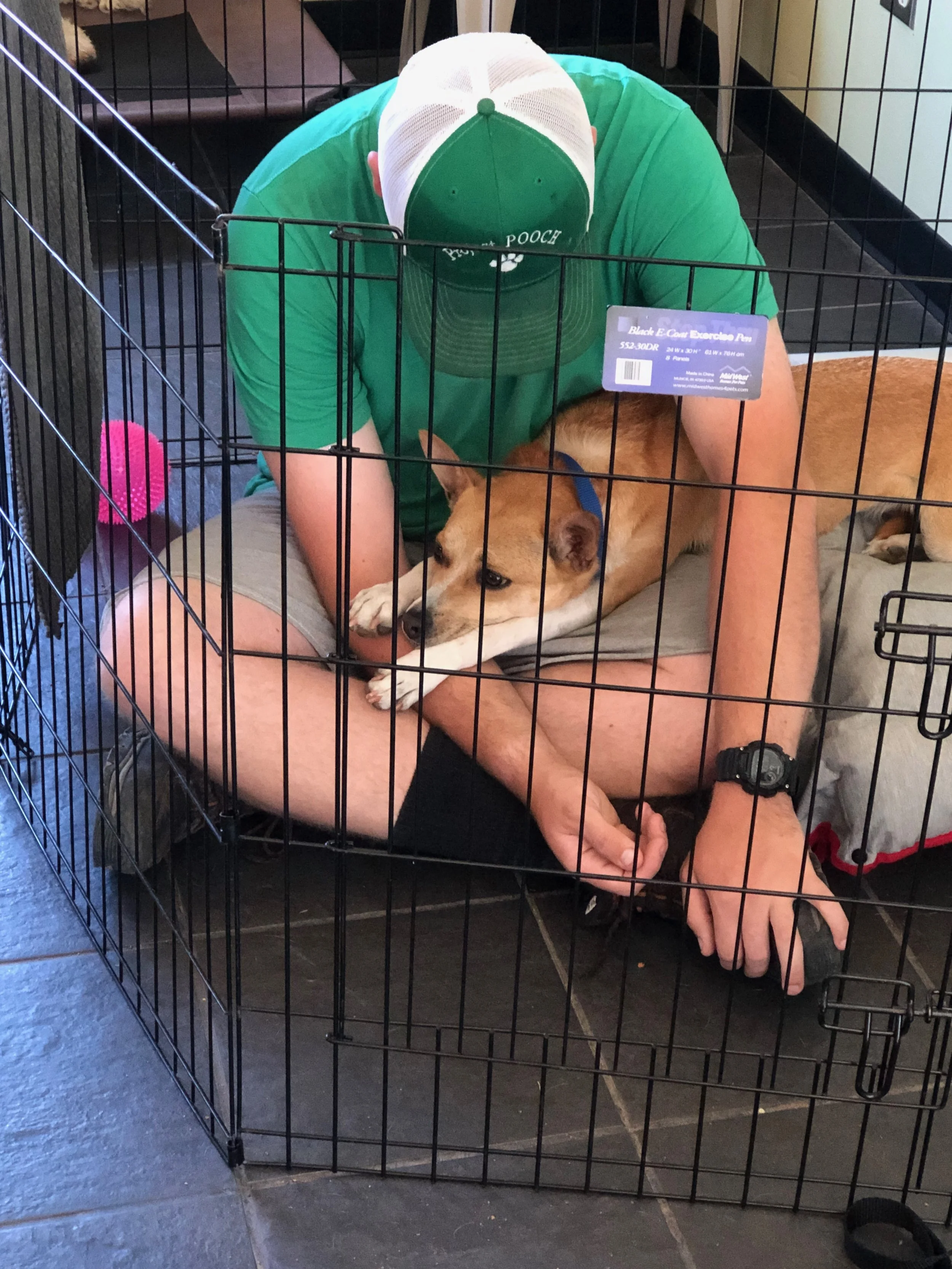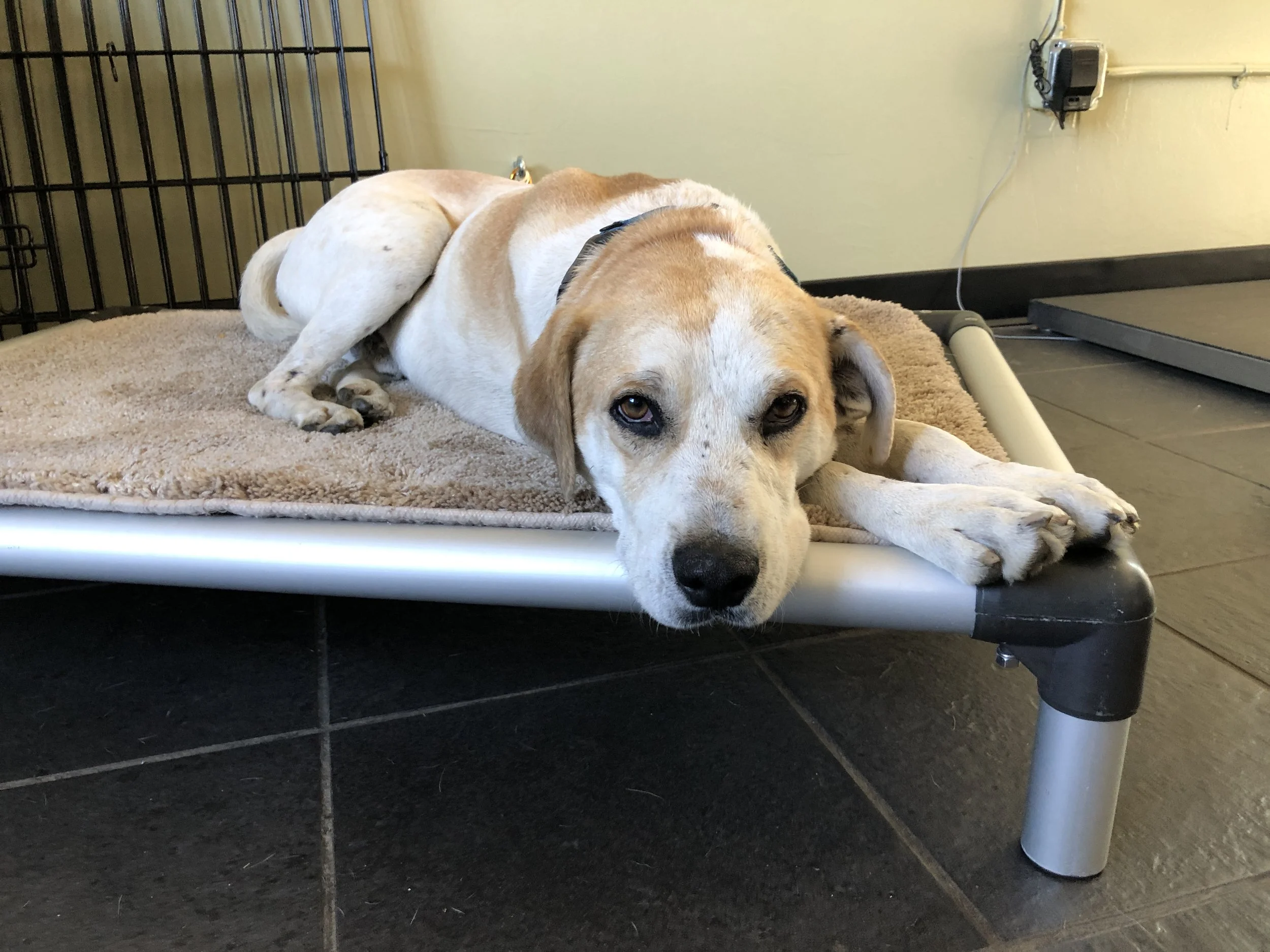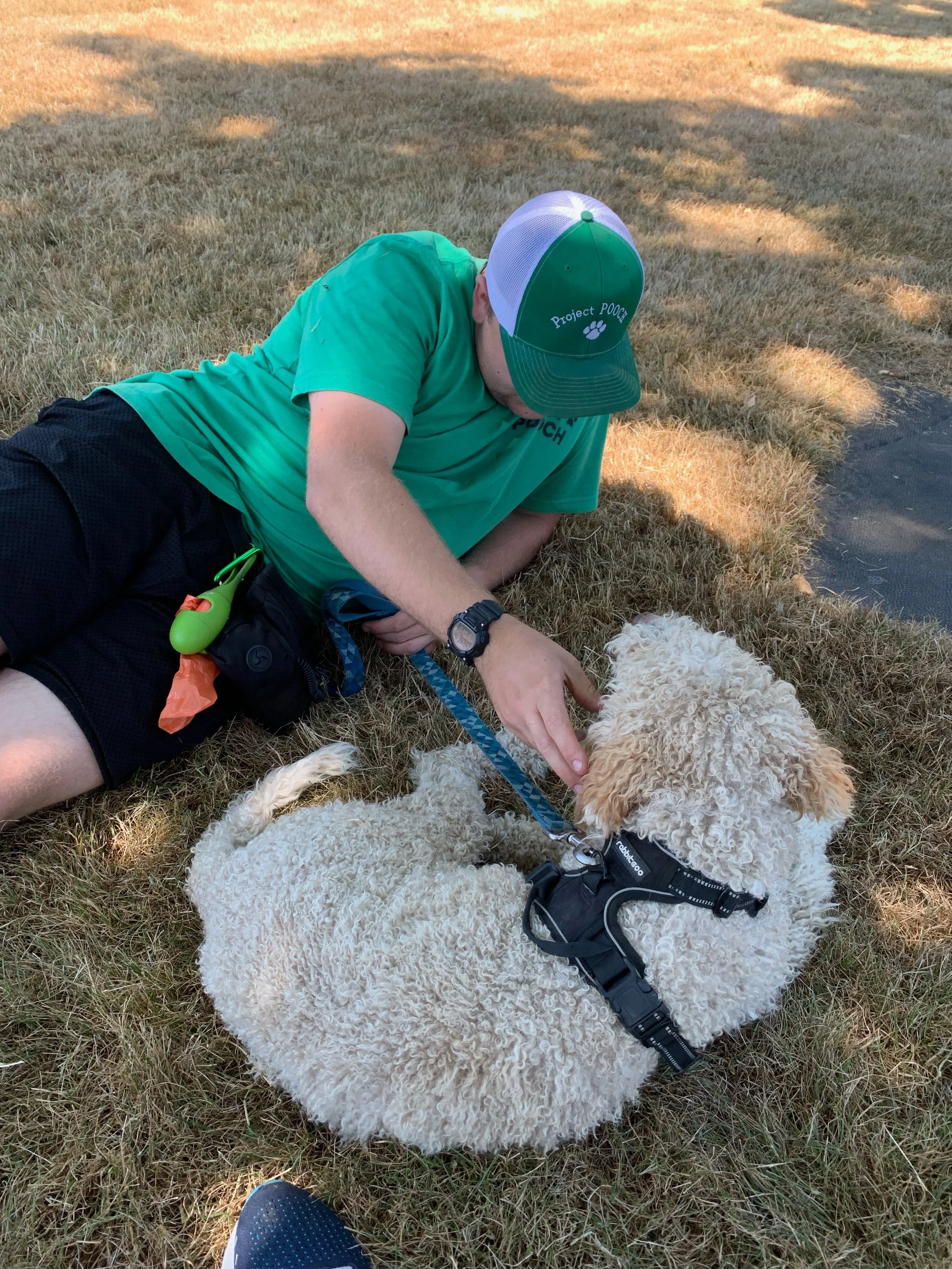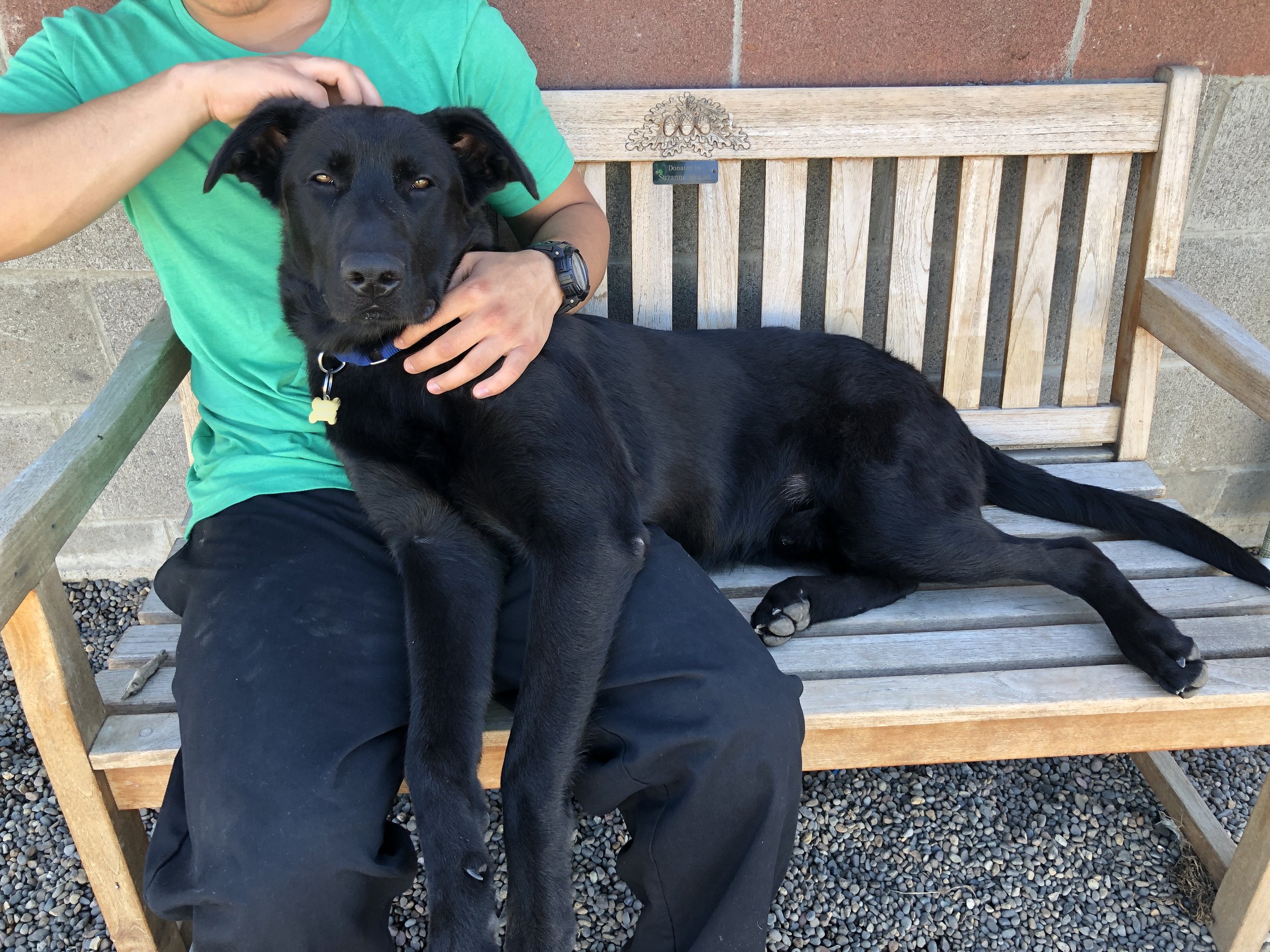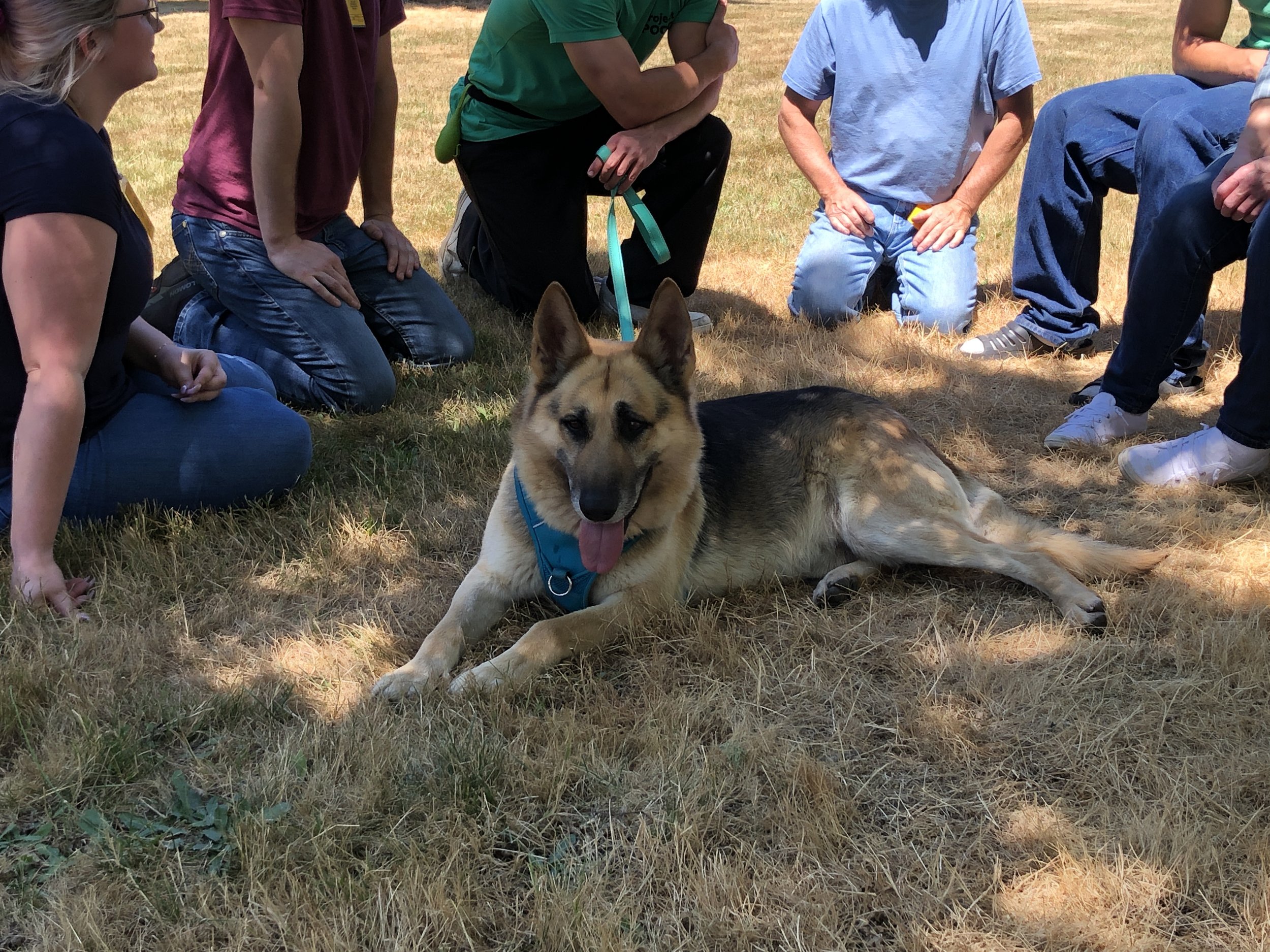
Since 1993, we have helped hundreds of youth and dogs.
About Project POOCH
Joan Dalton founded the program in 1993 while she was vice principal at MacLaren’s Lord High School. She started with one dog and one youth. Since that time Project POOCH, Inc.® has changed (and saved) the lives of hundreds of dogs and youths.
HISTORY
Providing life-changing opportunities for adjudicated youth and shelter dogs. Youth develop responsibility, patience, and compassion for all life as they learn to train dogs and manage a kennel, and help dogs find their forever homes.
MISSION
The relationships, emotional support, and mutual trust established between the trainers and dogs are pivotal to the success of the program. This bond helps the youth and the dogs develop the self-confidence and hope they need to build future relationships.
HOW
At Project POOCH, the young trainers are encouraged to think beyond themselves and their own circumstances, to become good citizens, and to contribute to the wider community. The youth at Project POOCH work with the dogs daily and learn positive reinforcement training, grooming, pet first aid, and kennel management skills. The days are filled with cleaning, walking, charting, and training.
THE YOUTH
Project POOCH works with local shelters to identify dogs who could benefit from our small shelter environment. Dogs who are shutting down in a large and noisy shelter environment, dogs who could benefit from structured training, and dogs who need to work on specific issues are all potential dogs for Project POOCH. Note: We do not take owner surrendered dogs; we work directly with shelters/rescues.
THE DOGS
Project POOCH has participated in several research studies over 18 years. In 2022 we are in the process of looking at data to on the impacts Project POOCH is having on participating youth during their time at MacLaren and upon release. In 2018 OYA and Project POOCH paired up to review 2003–2017 participation data. Two social scientists have also studied the benefits of the Project POOCH program for its youth participants.
